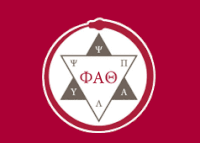Abstract
In the aftermath of the Second World War, the 1949 Rodgers and Hammerstein musical South Pacific became a staple of mainstream popular culture. However, the musical also served a specific function within the American military where its usage by the United Service Organizations and Department of Defense was widespread. This case study examines how South Pacific arguably served a way to ease the blow of desegregation on the military by other means, in this case, entertainment. This was achieved by combining the show’s progressive views on racial tolerance with the prevalent wartime nostalgia and romanticism in the piece. All of this enabled South Pacific to fit well into a military that was trying its hand at a desegregated service following Executive Order 9981.
Recommended Citation
Sottile, Leana
(2020)
"Desegregation Through Entertainment: Rodgers and Hammerstein’s South Pacific as an Instrument of Military Policy,"
Voces Novae: Vol. 12, Article 6.
Available at:
https://digitalcommons.chapman.edu/vocesnovae/vol12/iss1/6
Included in
American Popular Culture Commons, Cultural History Commons, History of the Pacific Islands Commons, Military History Commons, Other History Commons, Other Theatre and Performance Studies Commons, Polynesian Studies Commons, Race, Ethnicity and Post-Colonial Studies Commons, Social History Commons, Theatre History Commons, United States History Commons


